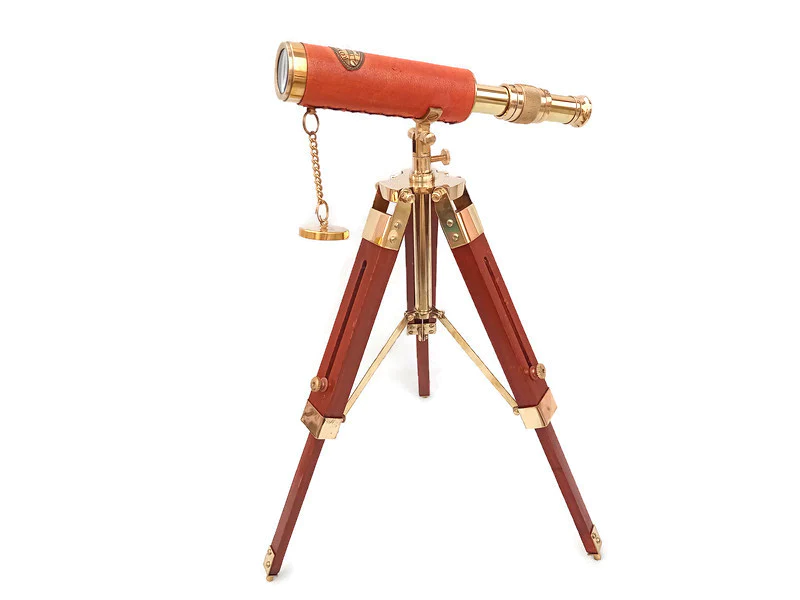Throughout human history, our fascination with the cosmos has propelled us to explore the vastness of space. From the ancient astronomers who observed the heavens with the naked eye to the modern astronomers armed with powerful telescopes, our understanding of the universe has evolved dramatically. Among the many marvels of scientific innovation, the telescope stands tall as an instrument that has revolutionized our perception of the cosmos. In this article, we embark on a captivating journey through the world of telescopes, exploring their history, significance, and the wonders they have unveiled.
The telescope, as we know it today, traces its origins to the early 17th century. Dutch mathematician and astronomer, Galileo Galilei, is often credited with the invention of the telescope. With his rudimentary telescope, Galileo made groundbreaking observations, including the discovery of the four largest moons of Jupiter, the phases of Venus, and the mountains and craters on the Moon’s surface. Galileo’s remarkable discoveries shattered the geocentric view of the universe, paving the way for a new era of scientific exploration.
Since Galileo’s pioneering work, telescopes have come a long way in terms of technology and capability. Modern telescopes employ a variety of designs, such as refracting, reflecting, and catadioptric systems, each with its own advantages and applications. The refracting telescope, utilizing a lens to gather and focus light, was the earliest design. Reflecting telescopes, on the other hand, use mirrors to capture and redirect light, allowing for larger apertures and better image quality. Catadioptric telescopes combine lenses and mirrors, offering a compact design with excellent optical performance.
One of the most iconic telescopes in history is the Hubble Space Telescope. Launched in 1990, the Hubble has been an astronomical game-changer, capturing breathtaking images of distant galaxies, nebulae, and other celestial phenomena. It has provided unprecedented insights into the age and expansion of the universe, the formation of stars and planets, and the existence of black holes. The Hubble Space Telescope has not only expanded our understanding of the cosmos but has also ignited the public’s imagination with its awe-inspiring images.
Telescopes are not solely confined to space. Ground-based observatories equipped with advanced telescopes have significantly contributed to our knowledge of the universe. The Very Large Telescope (VLT) in Chile, with its array of four 8-meter telescopes, enables astronomers to observe celestial objects with remarkable precision. By utilizing sophisticated techniques such as adaptive optics, which corrects for atmospheric distortions, ground-based telescopes can achieve images that rival or even surpass those of space-based observatories.
Telescopes have also played a pivotal role in the search for extraterrestrial life. The quest for habitable exoplanets, planets orbiting other stars, has intensified with the development of telescopes capable of detecting and characterizing these distant worlds. The Kepler Space Telescope, for instance, identified thousands of exoplanet candidates, some of which lie within the habitable zones of their host stars. These discoveries have ignited hopes of finding signs of life beyond Earth, inspiring scientists to delve deeper into the mysteries of the cosmos.
Furthermore, telescopes have been instrumental in unraveling the nature of fundamental forces and particles. By observing cosmic microwave background radiation, telescopes like the Planck space observatory have provided crucial data supporting the Big Bang theory, our current understanding of the universe’s origin. In addition, telescopes have aided in the search for dark matter, an elusive substance that constitutes a significant portion of the universe. The combination of astronomical observations and theoretical physics has propelled our knowledge of the fundamental building blocks of the cosmos.
As technology advances, the


